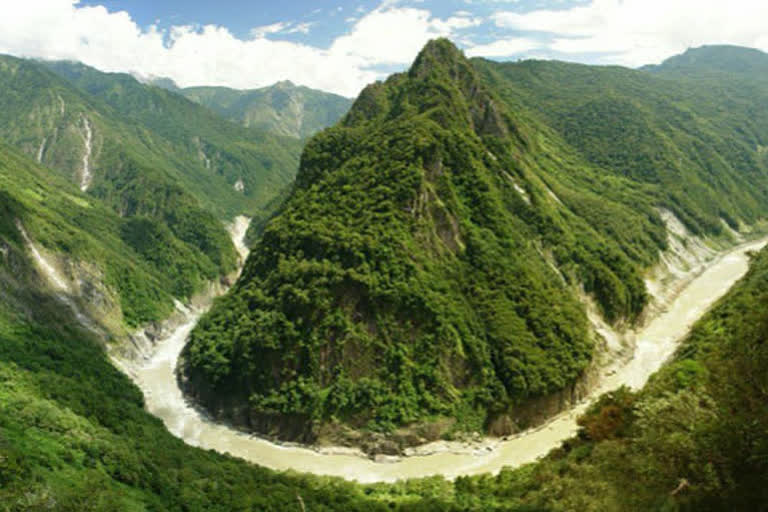New Delhi: In a white-paper brought out by Beijing on Monday, China has admitted to the construction of huge hydropower bases dam networks on its major rivers in the south-west, lending credence to the view gaining ground that constructions are on in the Yarlung-Tsangpo/Brahmaputra river, raising concerns of a negative impact on the lower riparian regions in India and Bangladesh especially on Assam and Arunachal Pradesh.
Without taking the name of the Yarlung-Tsangpo or Tibet, the white-paper titled 'Energy in China’s New Era' said: “Focusing on major rivers in the south-west, China is building large hydropower bases and controlling the construction of small and medium-sized hydropower stations in the basin areas.”
The Yarlung-Tsangpo in China’s southwest becomes the Brahmaputra in India which later flows as the Padma in Bangladesh.
Talking to ETV Bharat on the implications in the document, Dr Nayan Sharma, a leading expert on dams and who has worked on the Tsangpo river in Tibet said: “There is no doubt that the white-paper is talking about the Yarlung Tsangpo and about building huge dams and barrages in Tibet where there is a huge untapped potential for generating hydropower.”
“Large hydropower bases refer to nothing but huge dams and barrages. In all possibility, they are talking about the Motuo and Daduo dams which are to produce unprecedented power in projects that include plunging huge volumes of water down by about 2,000 metres (2 km) through 40-50 km long tunnels,” said Sharma who has also designed 25 dams in India, having taught the subject in IIT Roorkee for 37 years.
China may not have named the river and the dam projects because it may add to the ongoing controversy after protests by India.
